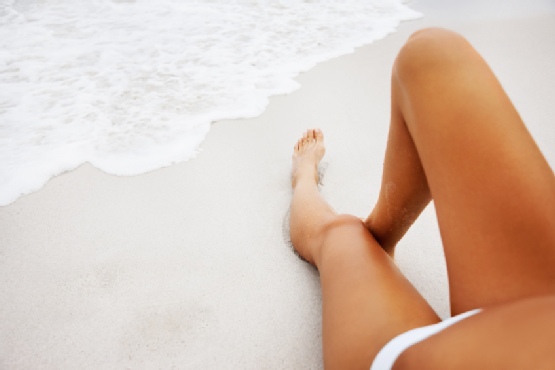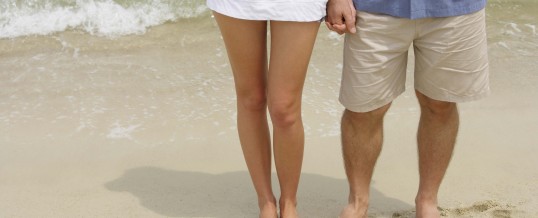what are varicose veins and what causes them
The first sign of varicose veins is the appearance of blue streaks, or "spider veins,” at the skin’s surface. In many cases the spider veins never develop into anything more serious. If the walls of the veins become weakened, the veins enlarge, and push up just beneath the surface of the skin, causing them to appear raised. The blue color of varicose veins is caused by a lack of circulation of the blood through the weakened vein, where blood pools. Some patients experience swelling in the lower extremities, particularly if varicose veins are present. Left untreated, varicose veins can cause itching, more discoloration, throbbing, and cramping in the legs. The most serious outcome is when the veins become inflamed, causing very painful ulcers in the affected areas.

what are varicose veins and what causes them
What You Should Do if You Experience Any of These Symptoms
If you experience any of these symptoms, make an appointment to see your doctor, who will make a correct assessment of your specific condition. Do not take pain medications without talking to your doctor first. Serious side effects can result from the improper use of pain medications. Your doctor will also be able to tell you if any itching or leg cramps are symptoms of an unrelated illness, as these symptoms are also associated with certain skin diseases and muscular disorders.

Can Varicose Veins Be Life-Threatening?
Varicose
veins, especially in the early spider vein stage, do not usually require
medical attention. However, medical
attention is highly recommended if the veins suddenly increase in size, and if
you experience pain or discomfort. Of course, the best medicine is prevention,
and maintaining your health should remain your highest priority.
varicosities,
invasive procedure